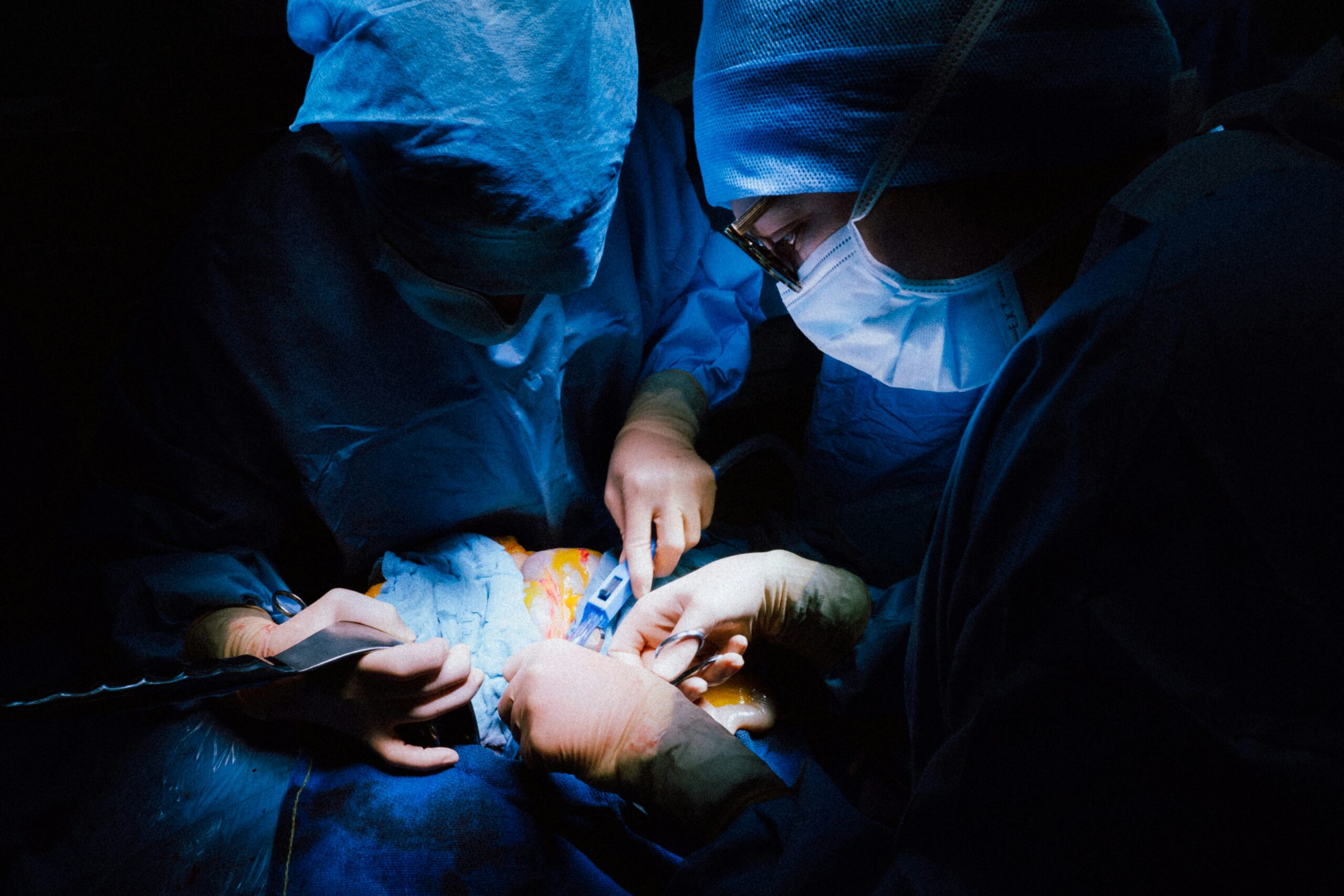
Glaucoma is a leading cause of irreversible blindness, affecting millions worldwide. This condition is characterized by increased intraocular pressure (IOP), which can damage the optic nerve over time. While medications and laser treatments often manage the disease, glaucoma surgery may be necessary when these options fail. A clear understanding of the available surgical procedures, associated risks, and the recovery process is essential for those considering this form of treatment.
Types of Glaucoma Surgery
Glaucoma surgeries can vary in complexity and are selected based on the severity and type of glaucoma. One of the most common procedures is trabeculectomy. In this surgery, a small portion of the eye’s tissue is removed to create a new drainage channel for the aqueous humor, the fluid in the eye. This helps reduce IOP by allowing the liquid to drain more efficiently. The goal of trabeculectomy is to alleviate pressure, preventing further damage to the optic nerve.
Additionally, tube shunt surgery may be recommended for patients with more complicated cases of glaucoma, such as those with neovascular or congenital glaucoma. This procedure involves placing a tiny tube, often made of silicone, into the eye to drain excess fluid. The tube is connected to a reservoir located just outside the eye. Tube shunt surgery is often used when trabeculectomy is less likely to succeed or when the patient has had previous surgeries that failed.
For those who prefer less invasive procedures, laser treatments are available. Laser trabeculoplasty is one such option, which uses a laser to treat the drainage system of the eye. Improving fluid outflow and reducing IOP. Another popular laser technique is selective laser trabeculoplasty (SLT), which targets specific cells in the drainage pathway, stimulating them to work more efficiently. Laser surgeries are particularly effective for open-angle glaucoma and offer quicker recovery times compared to traditional surgery.
Risks and Potential Complications
As with any surgery, glaucoma procedures carry certain risks, and patients should be aware of the potential complications. One of the most common risks is infection, which could compromise the healing process or lead to further eye damage. Surgeons typically prescribe antibiotics to minimize this risk, and patients are advised to follow proper hygiene practices post-surgery.
Another potential complication is excessive scarring. Scarring can obstruct the new drainage channels or tube implants. Preventing fluid from draining properly and causing the IOP to rise again. When this happens, additional surgeries or treatments may be required. Moreover, some patients experience prolonged inflammation, which can lead to discomfort and slow healing. Anti-inflammatory medications, however, are often effective in managing these symptoms.
In some cases, the surgery may not achieve the desired reduction in IOP, which could result in the need for further intervention. There is also a slight risk of vision loss during the surgery, especially if there is unexpected damage to the eye structures. However, these complications are rare, and most patients achieve good results with appropriate surgical techniques and post-operative care.
Recovery and Post-Surgery Care
Recovery from glaucoma surgery can vary depending on the type of procedure and the individual’s overall health. After a trabeculectomy or tube shunt surgery, patients typically need to take it easy for several weeks. During this period, it is common to experience blurry vision, mild pain, or irritation. It is essential to follow the surgeon’s instructions closely to minimize the risk of complications and ensure proper healing. For instance, patients should avoid activities that could strain the eye, such as bending over, heavy lifting, or intense physical exertion.
In contrast, the recovery time after laser treatments is generally much shorter. Most patients can resume normal activities within a few days. However, follow-up appointments are crucial to monitor the pressure in the eye and determine if the surgery was successful in lowering IOP. While the recovery for laser surgeries is faster, it is still necessary to avoid eye trauma and adhere to prescribed eye drops to prevent infection or inflammation.
Regardless of the type of surgery, patients need to keep all scheduled follow-up appointments. These visits allow the surgeon to monitor the healing process, adjust medications, and check for any complications that may arise.
Long-Term Outlook and Managing Expectations
Although glaucoma surgery can be highly effective in controlling intraocular pressure, it is essential to manage expectations regarding the results. While surgery may successfully reduce IOP and prevent further vision loss, it cannot reverse damage that has already occurred. As a result, some patients may still experience peripheral vision loss or other visual impairments. However, by controlling IOP, surgery helps protect the remaining vision and ensures that the condition does not worsen over time.
In many cases, additional treatments or surgeries may be necessary if glaucoma continues to progress. Even after successful surgery, patients need to maintain regular eye exams, follow the prescribed medication regimen, and continue practicing healthy lifestyle habits that support eye health. The outlook for glaucoma patients has improved significantly with advancements in surgical techniques, and many individuals can maintain their vision for years after surgery.
Glaucoma surgery plays a vital role in controlling intraocular pressure and preventing further damage to the optic nerve, especially when other treatments fail. Whether through traditional surgical methods like trabeculectomy and tube shunt surgery, or laser treatments. Each procedure aims to reduce the risks of vision loss. While the surgeries do carry certain risks, including infection and scarring, they are generally safe, and most patients recover successfully with proper care.